NEW YORK—A new 4,000-square-foot addition opened last week at the Wildlife Conservation Society’s (WCS) New York Aquarium. It features a 167,000-gallon tank, which is home to over 100 aquatic species from the Glover Reef, off the Caribbean shore of Belize.
The addition comes as part of “A Sea of Change,” a 10-year, $150-million public-private plan to help revitalize Coney Island by transforming the New York Aquarium.
The new Conservation Hall takes visitors through some of the most endangered aquatic habitats in the world—from coral reefs to Brazilian jungle waterways and African fresh-water lakes. With Earth Day coming up on April 22, it is a fitting time to consider how our actions affect these ecosystems, though they seem so far away.
The addition comes as part of “A Sea of Change,” a 10-year, $150-million public-private plan to help revitalize Coney Island by transforming the New York Aquarium.
The new Conservation Hall takes visitors through some of the most endangered aquatic habitats in the world—from coral reefs to Brazilian jungle waterways and African fresh-water lakes. With Earth Day coming up on April 22, it is a fitting time to consider how our actions affect these ecosystems, though they seem so far away.
The re-creation of the Glover Reef brings a distant sea bottom up close and personal. Small silvery fish zip by the slow-moving giant hogfish, so named because it has a decidedly snout-like nose. Foot-long yellow tail snappers swim together in small schools. The lonely queen angelfish passes them with a stately air. The electric-blue coloring that lines its eyes looks a bit like eye shadow, and the fish almost seems to purse its lips in a pompous gesture.
Stingrays glide through the tank, and elusive eels poke their heads out from the caverns of the replicated coral. Though the coral in the main tank is only a representation of living coral, the Wildlife Conservation Society is growing its own coral, which is on display as well.
The reefs cover less than 0.25 percent of the ocean floor, yet they are home to one-quarter of all marine plant and animal species, including one-third of all fish species.
Stingrays glide through the tank, and elusive eels poke their heads out from the caverns of the replicated coral. Though the coral in the main tank is only a representation of living coral, the Wildlife Conservation Society is growing its own coral, which is on display as well.
The reefs cover less than 0.25 percent of the ocean floor, yet they are home to one-quarter of all marine plant and animal species, including one-third of all fish species.
Captions below the display indicate that fishing practices are damaging the fragile reef. Fish are caught not only for food, but also to be used as pets.
An exotic fish from the coral reef may fetch a fair price at an American pet store, but the reef that could be damaged getting that fish is priceless. The Wildlife Conservancy Society encourages fish-lovers to get a tetra if they’re looking for a finned pet.
“Tetra fish need a healthy river to thrive, so the fishermen collecting them for the pet trade have a reason to care for both the river and the surrounding forest,” reads a caption near the Amazon River portion of the exhibit. Every year, 20 million tetra are sent to Europe and North America.
The new Conservancy Hall not only educates, but also propagates. By fostering endangered species in the aquarium, the Wildlife Conservancy Society hopes to cultivate fish populations that could one day replenish depleted wild stock.
An exotic fish from the coral reef may fetch a fair price at an American pet store, but the reef that could be damaged getting that fish is priceless. The Wildlife Conservancy Society encourages fish-lovers to get a tetra if they’re looking for a finned pet.
“Tetra fish need a healthy river to thrive, so the fishermen collecting them for the pet trade have a reason to care for both the river and the surrounding forest,” reads a caption near the Amazon River portion of the exhibit. Every year, 20 million tetra are sent to Europe and North America.
The new Conservancy Hall not only educates, but also propagates. By fostering endangered species in the aquarium, the Wildlife Conservancy Society hopes to cultivate fish populations that could one day replenish depleted wild stock.
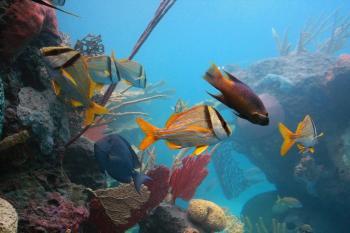

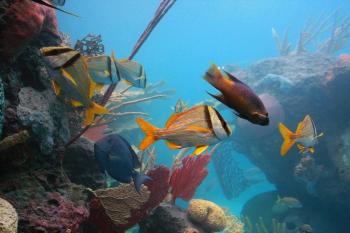
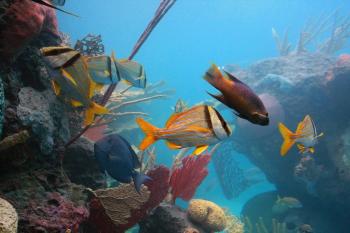
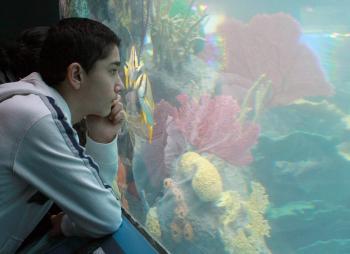
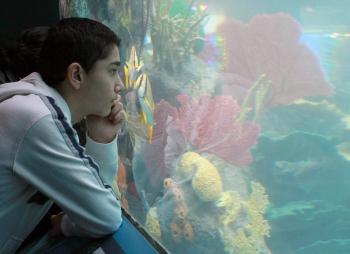
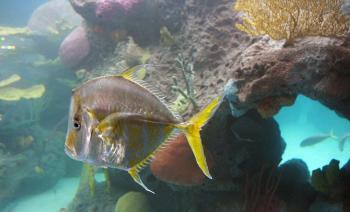
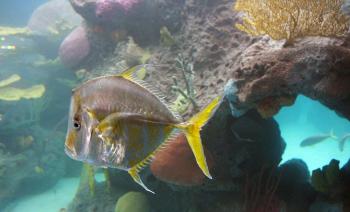




Friends Read Free